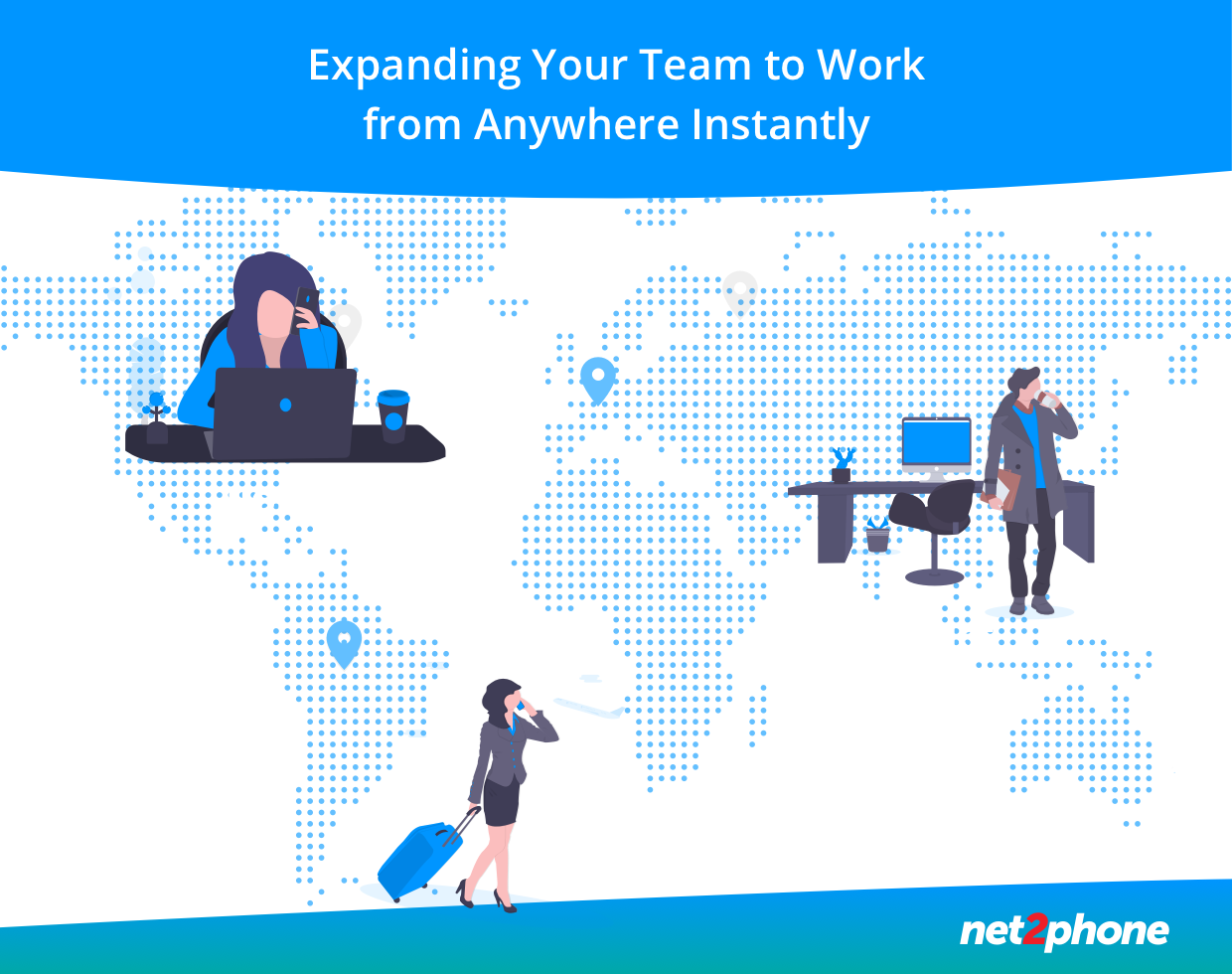PRODUCTS
-
Voice Interactions Direct every call to the best person every time.
-
Omnichannel Engagement Connect and communicate with all your digital channels in one place.
-
Automation Create workflows to maximize efficiencies.
-
Analytics and Reporting Real-time performance insights for everything.
-
Agent Management Tools to ensure your agents maximize potential.
SOLUTIONS
PARTNERS
RESOURCES

